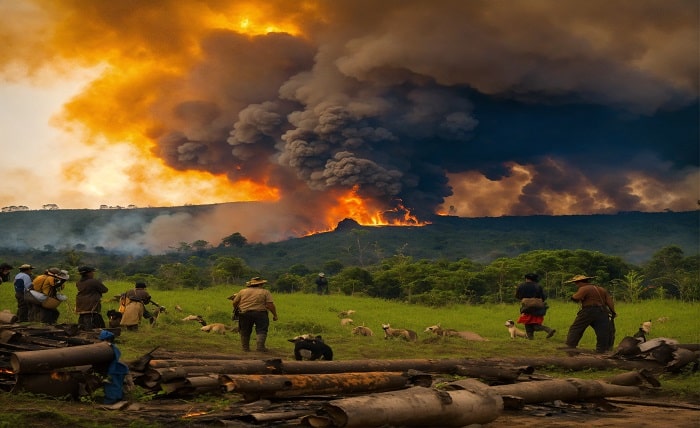
Introduction
BlueFire Wilderness, a therapeutic program designed to aid young people with behavioral challenges through outdoor experiences, has recently become the focal point of a legal dispute. This blog post delves into the details of the BlueFire Wilderness lawsuit, examining the allegations, legal proceedings, and broader implications for the industry.
The Genesis of the BlueFire Wilderness Lawsuit
The bluefire wilderness lawsuit originated from several complaints by participants and their families, alleging negligence and other serious accusations against the program. These claims highlight concerns over participant safety, the adequacy of staff training, and the overall efficacy of the program’s therapeutic claims.
Key Allegations Made in the Lawsuit
Central to the BlueFire Wilderness lawsuit are allegations of negligence, emotional distress, and breach of contract. Plaintiffs claim that the program failed to provide a safe environment, adequately trained staff, and that their contractual obligations to provide professional therapeutic services were not met. Each of these points has been hotly contested in court documents.
Legal Proceedings and Evidence Presented
As the BlueFire Wilderness lawsuit progresses, both sides have presented various pieces of evidence. This includes testimonies from former participants, expert opinions on therapeutic practices, and internal documents from BlueFire Wilderness itself. The legal strategies and procedural maneuvers are also critical in understanding the unfolding of this case.
Impact on Participants and Their Families
The lawsuit has significant implications for the participants and their families, many of whom have reported long-lasting emotional and psychological effects. This section explores personal accounts and professional assessments of the impact, providing a deeper insight into the personal stakes involved.
Broader Implications for the Therapeutic Wilderness Industry
The BlueFire Wilderness lawsuit also casts a spotlight on the wider therapeutic wilderness industry. It raises questions about regulatory oversight, the standard of care expected, and the potential need for reforms to ensure participant safety and treatment efficacy across similar programs.
The Defense: BlueFire Wilderness’s Response
In response to the lawsuit, BlueFire Wilderness has defended its practices, claiming that they adhere to industry standards and that all staff are appropriately trained. The program’s legal team argues that the experiences of the plaintiffs do not reflect the overall safety and effectiveness of the program.
Conclusion
The BlueFire Wilderness lawsuit underscores the complexities and challenges within the therapeutic wilderness sector. As the legal proceedings continue, the outcomes of this lawsuit may prompt significant changes in how such programs are regulated and operated. The importance of transparency, rigorous safety protocols, and evidence-based therapeutic methods has never been more apparent, potentially setting new precedents for the future.
FAQs
1. What is the BlueFire Wilderness lawsuit about? The BlueFire Wilderness lawsuit involves allegations of negligence, emotional distress, and breach of contract by a therapeutic wilderness program aimed at helping young people with behavioral issues.
2. Who are the plaintiffs in the case? The plaintiffs include former participants and their families, who claim they were negatively impacted by the program’s practices.
3. What are the main claims made by the plaintiffs? Plaintiffs claim that BlueFire Wilderness failed to ensure a safe environment, did not have adequately trained staff, and did not fulfill their therapeutic promises as per their contract.
4. How has BlueFire Wilderness responded to the lawsuit? BlueFire Wilderness has defended its practices, stating that they comply with industry standards and emphasizing their commitment to participant safety and well-being.
5. What might be the implications of this lawsuit for the industry? The lawsuit could lead to increased scrutiny and possibly new regulations in the therapeutic wilderness industry, aiming to enhance safety and care standards across similar programs.




